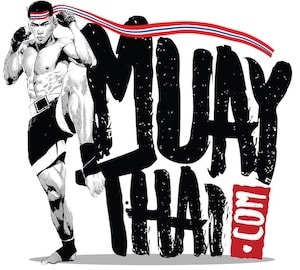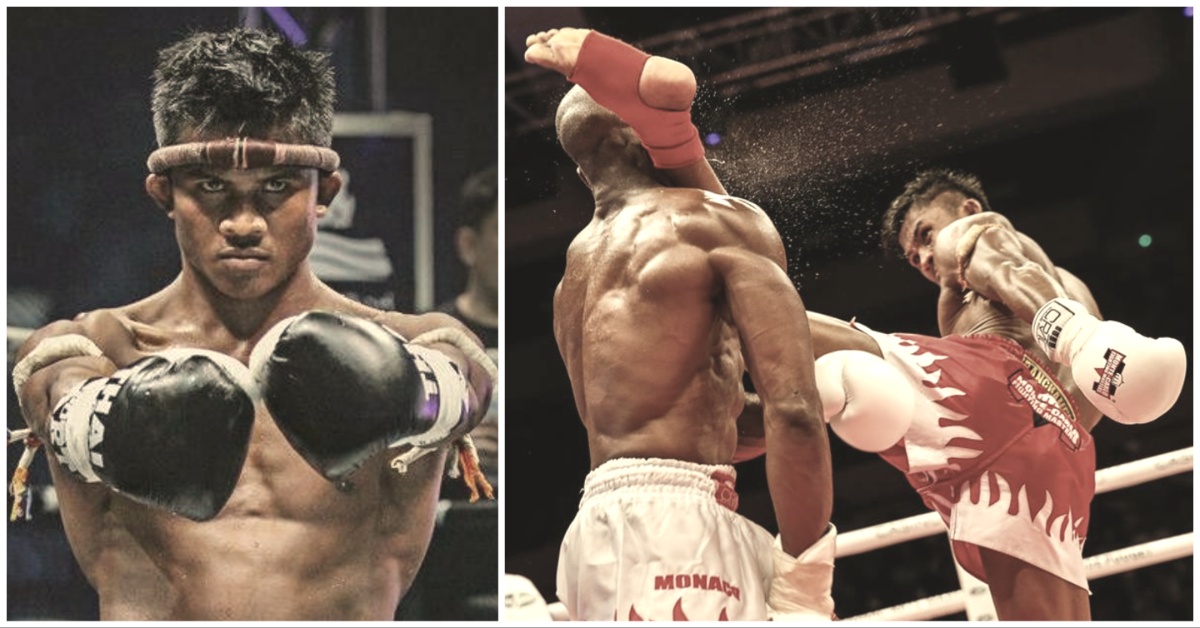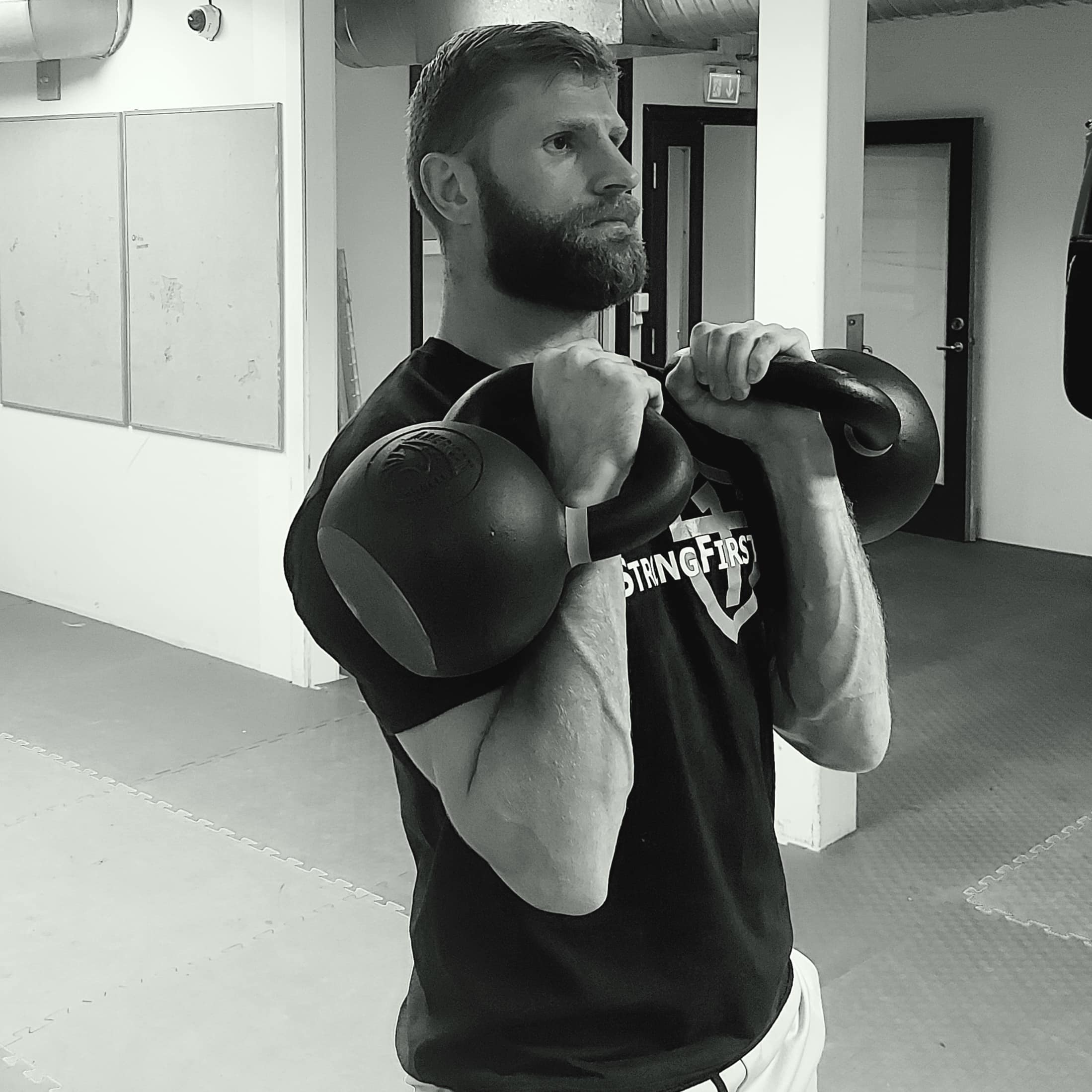Buakaw’s Blueprint: Mastering K-1’s System and Dominating the Sport
Buakaw Banchamek is one of the most dominant and influential Muay Thai fighters of all time. Rising from rural Thailand to global superstardom, he imposed an aggressive yet technical style that made him one of the defining figures of the golden age of kickboxing.
Though biased judging and organisational politics often worked against him, he carved out a legacy that inspired generations of fighters and helped elevate Muay Thai on the world stage.
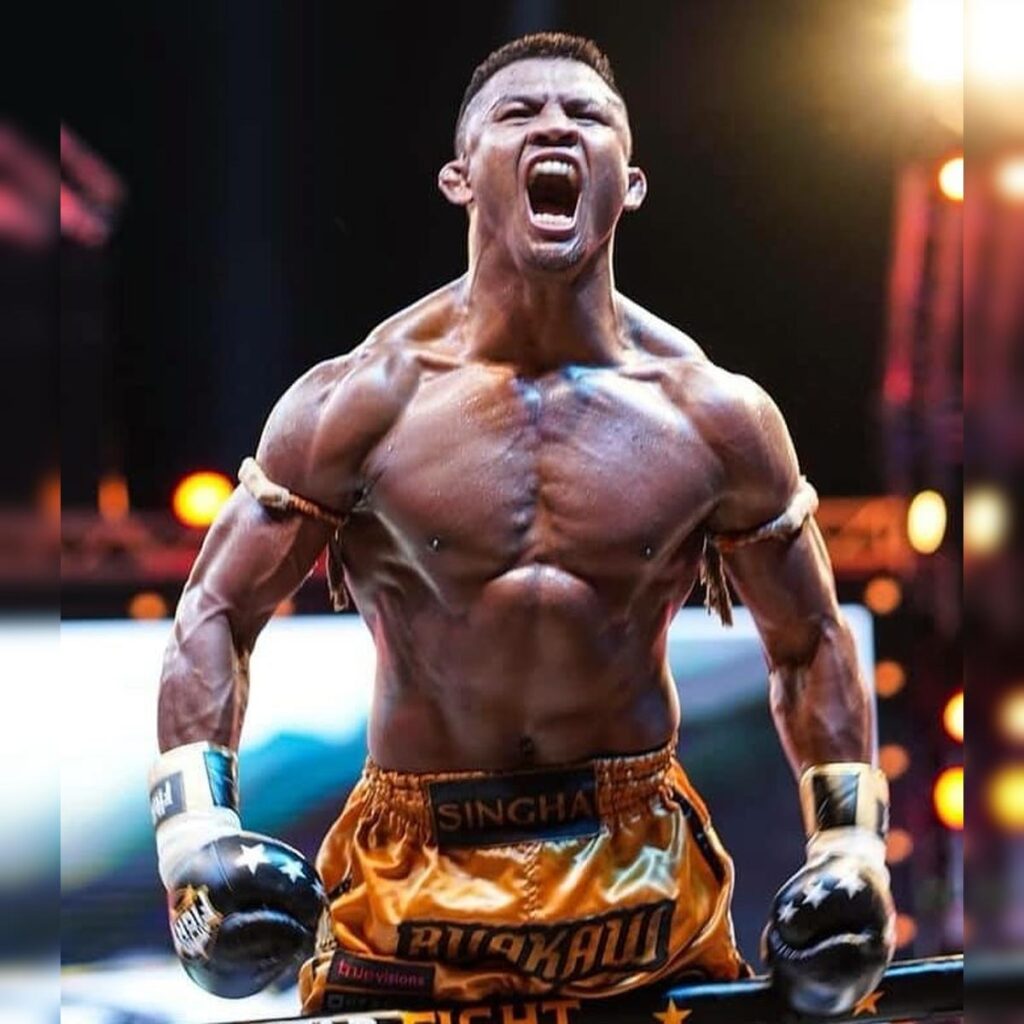
Buakaw’s Fighting Style
Buakaw is a Muay Bouk fighter, known for his constant pressure and high work rate. The key to his approach was his airtight defence, which allowed him to stand directly in front of his opponents while drawing their punches into the vortex of his long guard and eventual clinch tie-up—often leading to a throw.
This defensive solidity made him an impenetrable brick wall, enabling him to overwhelm opponents with offense while remaining difficult to hit. Without this level of defensive control, he would not have been able to apply his relentless pressure so effectively.
His quick left switch kick is one of his most well-known techniques, thrown with little telegraphing and used both offensively and defensively to disrupt opponents.
His right low kick was another key weapon, regularly sweeping opponents off their feet.
His clinch game was so effective in early K-1 tournaments that the organisation changed its rules to limit clinching to a single knee strike before separation. This rule was largely introduced to stop him from dominating opponents in close range, particularly Masato, who struggled against him in the clinch.
Before transitioning to kickboxing rules, he was also known for his elbows, knocking out Thai fighters such as Sakadpetch Sor. Sakunpan, Verhard Lookphabath, and Mangkornyok Mor Somnuk in Omnoi, Rajadamnern, and Lumpinee Stadiums.
His teeps (push kicks) were a constant weapon throughout his career, used to control distance, attack, and defend.
Buakaw’s high kicks were fast, well-timed, and often delivered with little warning. Even before gaining global recognition in 2004, he scored high kick knockouts over Tongchai Por Prabaht, Sinchainoi Sor Kittichai, and former Lumpinee Super Bantamweight Champion Nontachai Sit-O.
Despite being known for his kicks, Buakaw’s boxing was highly effective, stopping several opponents with both hands—particularly with left and right hooks to the head and body.
Biography & Fight Timeline
The Early Years (1982–2002)
Buakaw was born Sombat Banchamek in Surin Province, Thailand, in 1982. He had his first fight at eight years old, competing in temple fairs, where young fighters tested their skills in front of local crowds. By his teenage years, his potential was clear, leading him to move to Chachoengsao Province to train at Por Pramuk Gym. There, he developed the aggressive style and powerful kicking game that would define his career.
At 20 years old, he won the Omnoi Stadium Lightweight Championship in 2002, defeating Khunsuk Petchsupapan. That same year, he entered the Toyota Muay Thai Marathon 140 lbs Tournament, a one-night, multi-fight event at Lumpinee Stadium. He defeated Samranchai 96 Penang in the quarter-finals, Khunsuk Petchsupapan in the semi-finals, and secured a unanimous decision over Satoshi Kobayashi in the final.
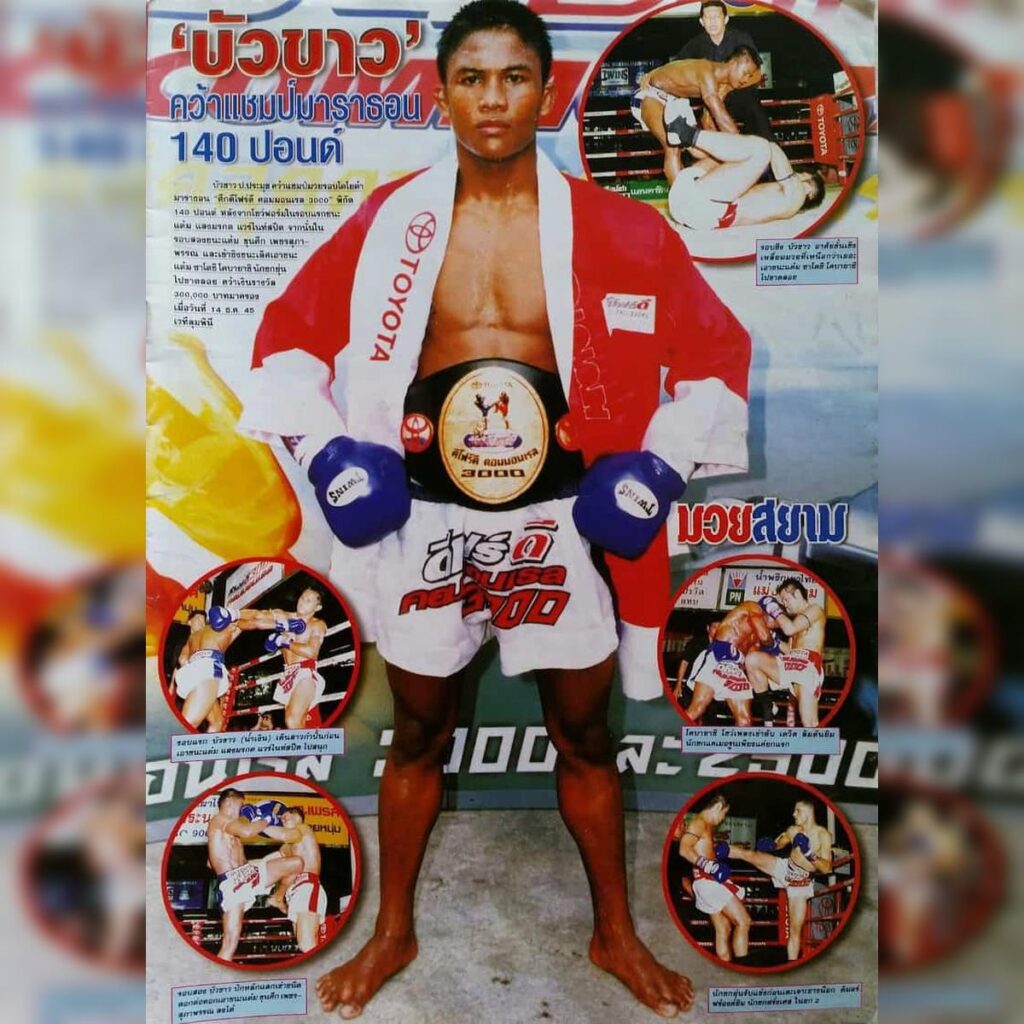
This success propelled him into international competition, setting the stage for his dominance in K-1 World MAX.
K-1 World MAX Dominance (2003–2007)
Buakaw entered the K-1 World MAX circuit in 2003, stepping onto a global platform where elite stand-up fighters competed under modified kickboxing rules. His aggressive style made an immediate impact as he seamlessly adapted his traditional Muay Thai background to the K-1 format.
At 22 years old, Buakaw won the 2004 K-1 World MAX Championship, securing his place as one of the top strikers in the world. His road to victory included dominant performances against Wayne Parr, Takayuki Kohiruimaki, and a decisive win against Masato in the final.
The following year, Buakaw reached the 2005 K-1 World MAX Final, where he faced Andy Souwer.
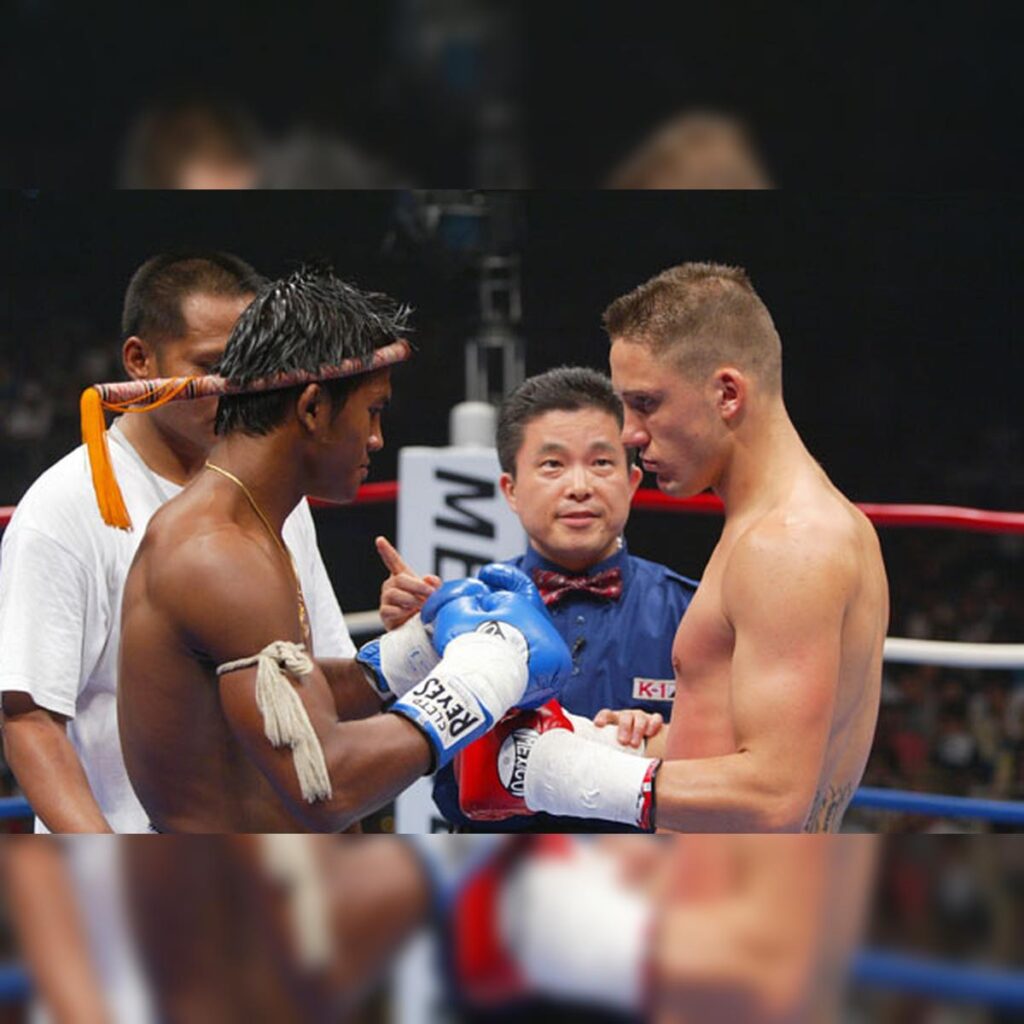
The fight was completely one-sided. Buakaw controlled every exchange, picking Souwer apart with kicks and knees. Each time Souwer tried to close the distance, Buakaw shut him down with a left switch kick, teep, or clinch throw. Though K-1 didn’t score sweeps, they were legal and visibly drained Souwer both physically and mentally.
Despite Buakaw’s dominance, the judges forced not one but two extra rounds. Even after controlling both, they inexplicably awarded Souwer the split decision—another clear attempt by K-1 to deny a Muay Thai fighter victory over a kickboxer on their stage.
Despite the setback, he returned stronger in 2006, once again storming through the tournament and claiming his second K-1 World MAX title—the first fighter to achieve this feat. In the final, he avenged his previous loss, stopping Souwer with a straight right hand.
In the 2007 K-1 World MAX Quarterfinals against Masato, Buakaw got dropped in the first round with a right cross in the first round, but he showed no signs of being hurt, immediately getting back to his feet with a smile. Aside from that moment, Buakaw controlled the entire fight, punishing Masato with knees and kicks across all three rounds. Despite his dominance, the judges awarded Masato a unanimous decision.
Post-K-1 Challenges (2008–2011)
After his dominant run in K-1, Buakaw continued competing, but the landscape of his career began to shift. He started 2008 strong, defeating Yoshihiro Sato and Albert Kraus to reach the K-1 World MAX quarterfinals, but his momentum was halted when Sato knocked him out in their rematch. Later that year, he faced Kraus again at It’s Showtime, controlling the fight with low kicks, knees, and middle kicks, only for the judges to controversially award Kraus the decision.
In the 2009 K-1 World MAX Semifinals, Buakaw dominated Andy Souwer for three rounds, barely taking a clean shot. Despite his clear superiority, the judges forced two extra rounds before inexplicably awarding Souwer the victory.
Frustrated by corruption, biased judging, and financial disputes, Buakaw withdrew from the 2010 K-1 World MAX tournament. Seeking new opportunities, he entered Shoot Boxing, a Japanese promotion allowing limited throws and submissions. That year, he won the Shoot Boxing S-Cup 2010, becoming the first Thai fighter to claim the title.
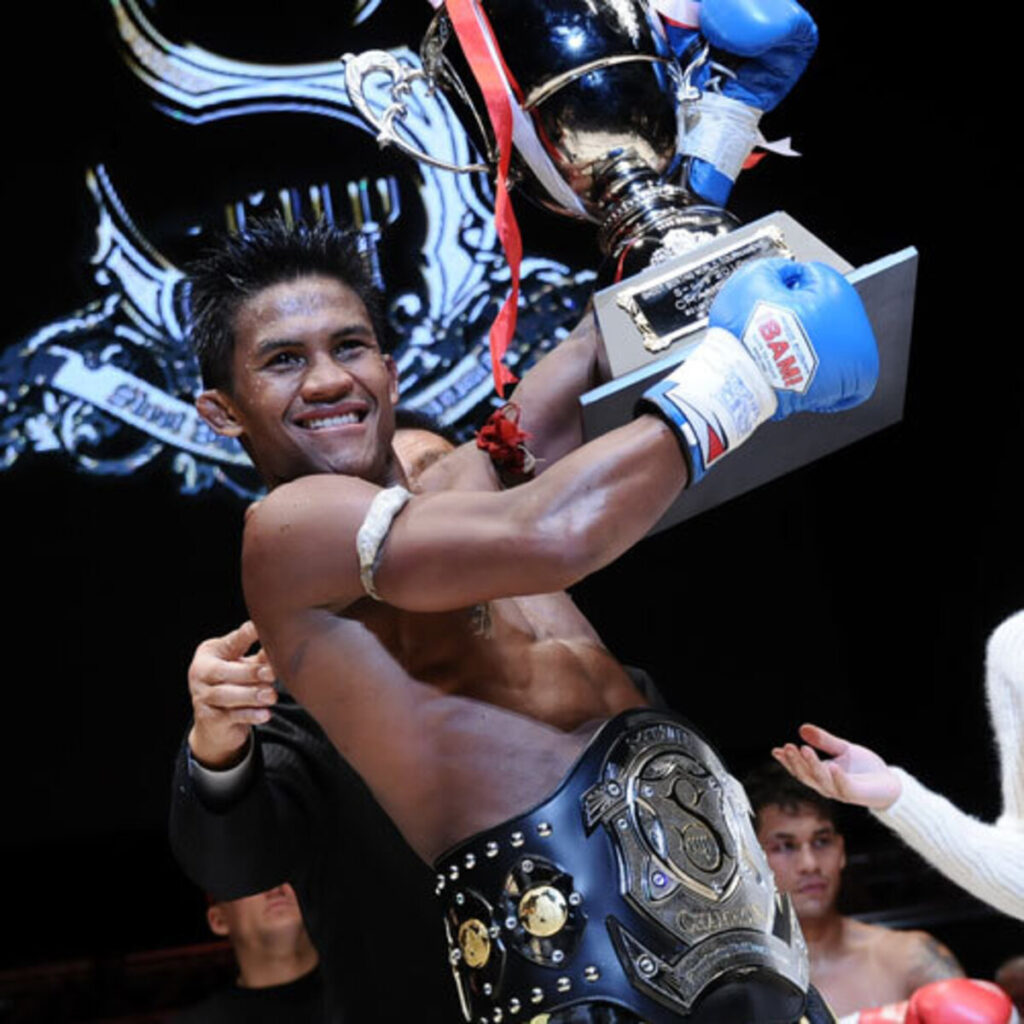
Rebirth (2012–2014)
In March 2012, Buakaw abruptly disappeared from competition, later revealing he had left Por Pramuk Gym due to financial exploitation and mistreatment. His departure led to legal battles, with the gym attempting to block him from fighting under the name Buakaw Por Pramuk.
Determined to regain control, he rebranded as Buakaw Banchamek and founded Banchamek Gym. However, contractual disputes initially prevented him from competing, and he was briefly banned from Thai Fight. After resolving these issues, he returned in April 2012, competing at a Thai Fight event in Pattaya.
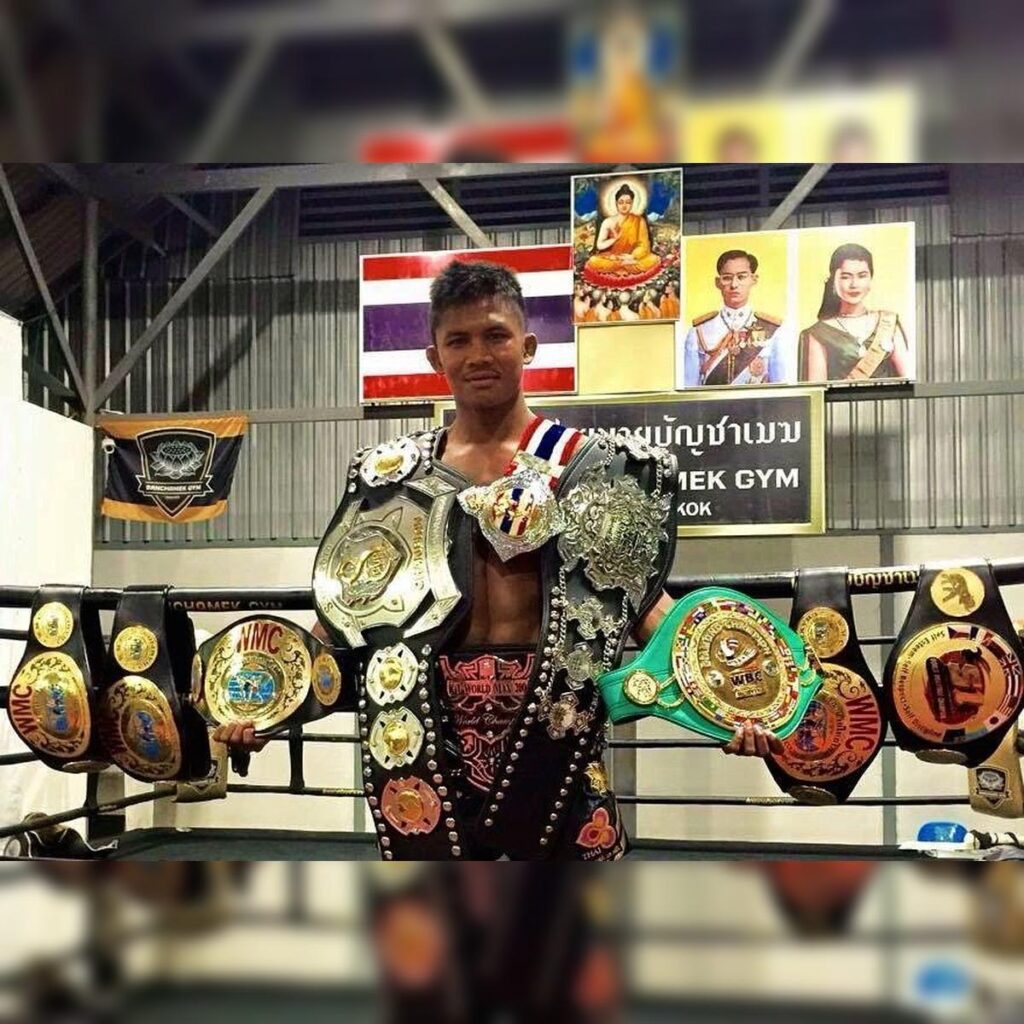
In December, Buakaw defended his Thai Fight 70 kg King’s Cup title, defeating Vitaly Gurkov in the final. He remained unbeaten in Thai Fight, scoring multiple knockouts, though the promotion initially staged one-sided bouts between top Thais and inexperienced foreigners.
Buakaw stayed active in Kunlun Fight, TopKing World Series, and Rizin, but no longer faced the same elite competition. While he continued to dominate, most opponents were less established compared to his K-1 days.
In the K-1 World MAX 2014 Final, Buakaw dominated Enriko Kehl for three rounds, outstriking him while barely taking damage. Despite this, the judges forced an extra round. Refusing another blatant injustice, Buakaw left the ring in protest, resulting in a forfeit. He later expressed frustration with the judging and rule changes, stating he preferred the audience to decide the outcome.
This marked his final fight in K-1, the last in a long series of injustices that led to his departure.
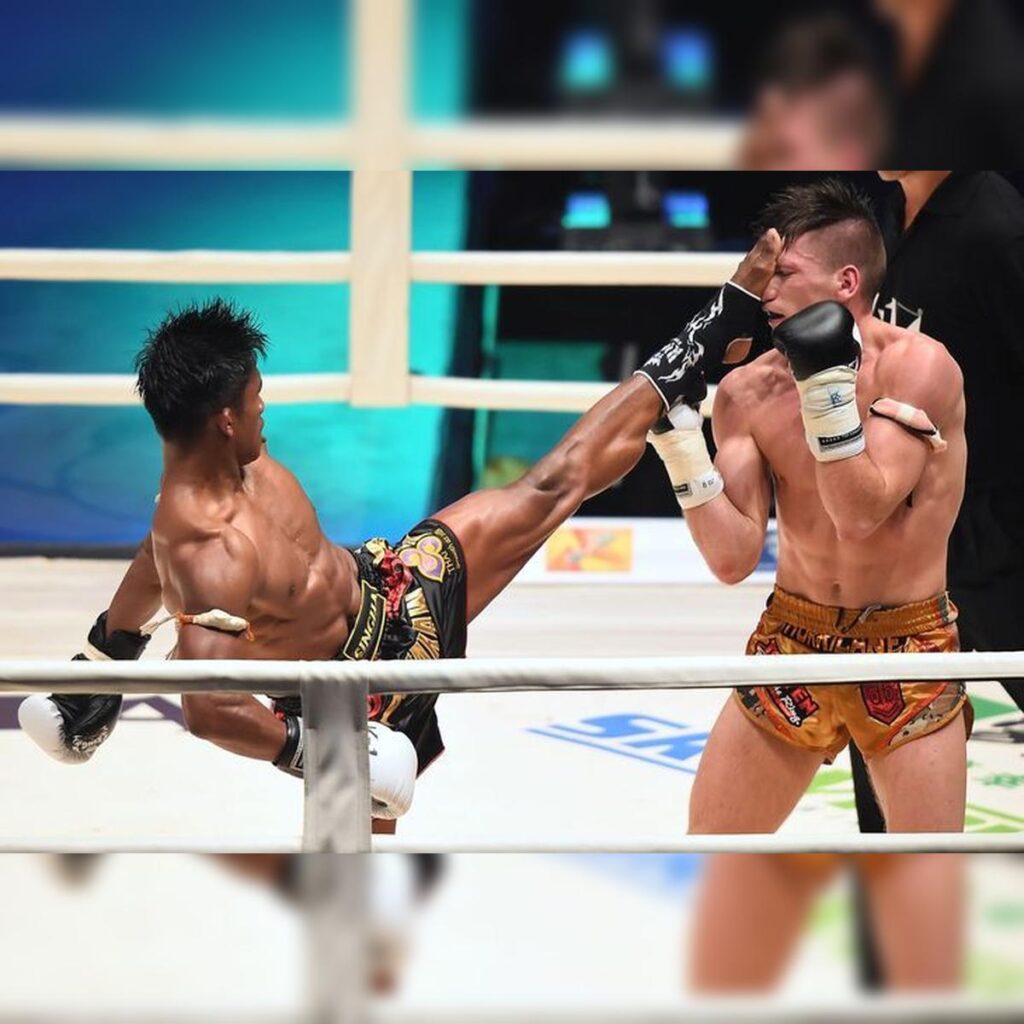
Late Career and Legacy (2015–Present)
Buakaw spent much of his later career competing in Thailand and China, winning the Kunlun Fight Muaythai Middleweight World Championship in 2016. While his level of opposition varied, he remained a major figure in the sport, drawing crowds worldwide.
In 2022, he made his BKFC debut with a first-round knockout and later defeated Saenchai in a bare-knuckle Muay Thai fight. As his competitive career slowed, he shifted towards high-profile exhibition bouts, helping to keep Muay Thai in the global spotlight.
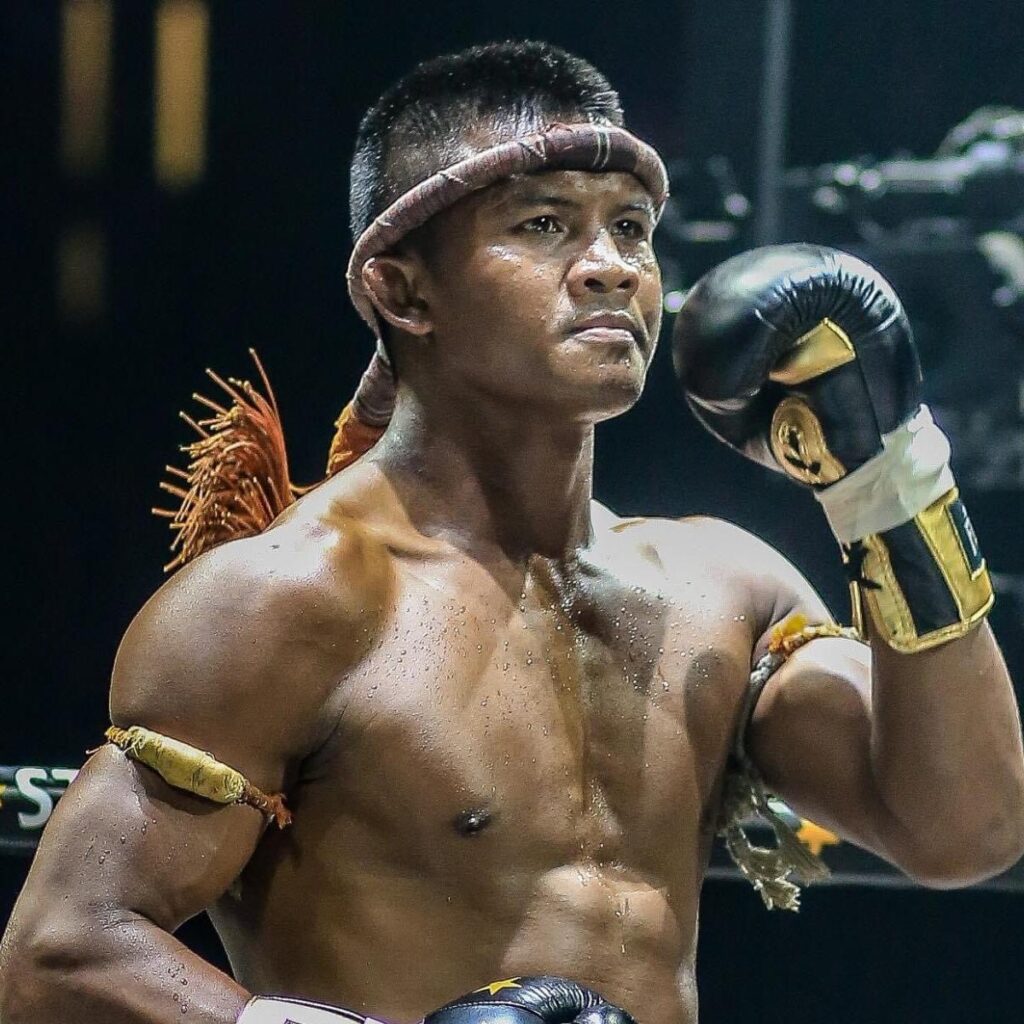
Buakaw is widely considered one of the greatest kickboxers of all time, not only for his dominance but for overcoming the constant obstacles placed in his path. Had judging been fair, he could have won five or six K-1 World MAX titles, cementing himself as the undisputed best of his era.
While he became a global icon through kickboxing, his roots in Muay Thai’s elite stadium circuit should not be overlooked. He spent his prime years competing under modified rules against international opponents, rather than staying in Thailand to fight at Lumpinee or Rajadamnern Stadium. Given his size and style, he was built to dominate foreign fighters on major promotions that offered higher pay. Still, it’s impossible not to wonder what he might have achieved had he remained in Thailand, facing the best Thai competition of his time.
At 42, Buakaw continues to fight while mentoring the next generation at Banchamek Gym. Among his students is Superbon, a former Glory and ONE Champion.
